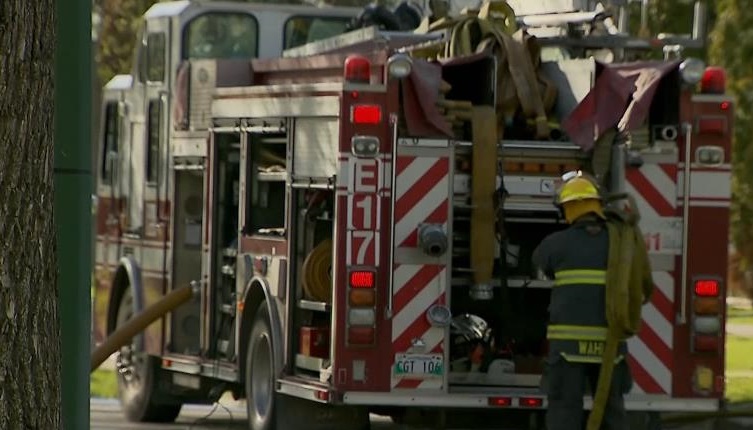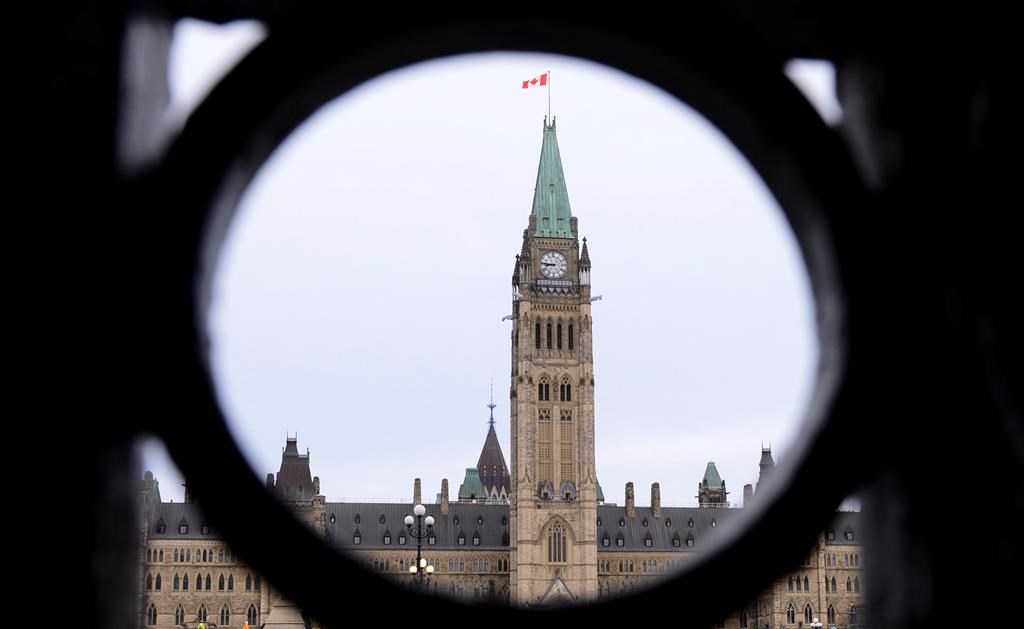Document highlights feds have no help implementing fire codes on reserves

Posted January 23, 2023 1:43 pm.
According to an internal document, the federal government does not have a willing partner to help legislate fire codes on First Nation reserves across Canada.
The details, obtained by The Canadian Press, were included in a note prepared for Indigenous Services Minister Patty Hajdu last fall ahead of a meeting with the Assembly of First Nations. It showcases the issues the department was running into when it comes to improving fire prevention.
For decades, house fires on First Nations have caused deaths and injuries at a much higher rate than off-reserve. Factors for this include overcrowding, poor structural conditions, and inadequate ventilation.
Katherine Strongwind, an Indigenous advocate, says several First Nations reserves do not have the resources available to deliver the services required under a code for fire prevention.
“Many First Nations don’t have a fire truck even or running water in some cases. To implement a code is really difficult across the board when there are so many concerns on reserve already.”
Blaine Wiggins from Indigenous Fire Marshal Service says First Nations are the only jurisdictions across the country that don’t have any established regulatory standards for public and fire safety.
“Ultimately, it is the federal government’s responsibility to pass legislation,” explained Wiggins.
“The reality is, the Indian Act hasn’t changed. The health and safety of First Nations are still the responsibility of the federal government. To be in a position to say they will not do anything because we don’t have a partner, doesn’t eliminate a responsibility that has always been there.”
Back in February 2022, three people were killed in a house fire in a Northern Manitoba community. Chief David Monias of Pimicikamak Cree Nation says the federal government should provide more funding to First Nations to have the capacity to fight fires, including fire halls, proper running water and better support for firefighters.
RELATED:
- Manitoba First Nation Chief calling for change, following deadly fire
- Three people dead after house fire in a Northern Manitoba community
“They have to do rigorous training for all firefighters. They need that support, they need the equipment, they need the training, and they need to get paid properly. Those that are volunteering get paid maybe $40 per call,” said Chief Monias.
He says there is only one active firetruck, in a community that inhabits over 9,000 people.
“There’s education into the community, training into the community on how to do these things, so that needs to be increased as well, in order to keep our community safe,” said Chief Monais.
Wiggins says while there isn’t a clear path forward for legislation, there is a clear path forward for action.
“Just investing in the human resources would pay for itself in not having to replace capital around that infrastructure.”










